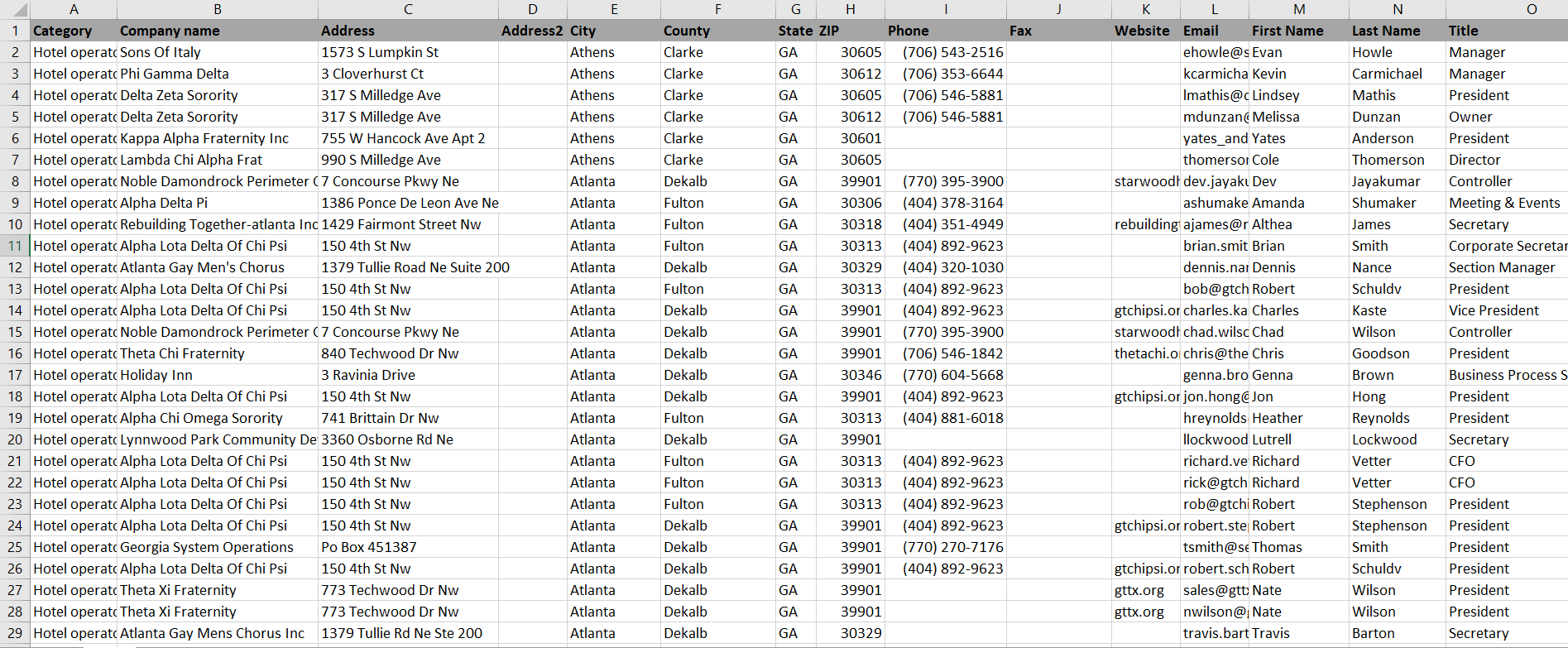LinkedIn Scraping Service
LinkedIn is considered the leading network for professional communication, connecting hundreds of millions of employees, employers, experts, students, and business owners all over the world.
The platform, which contains a massive amount of users’ personal data along with multifaceted user-generated content, is a real gold mine for data scraping. The datasets gathered on LinkedIn mostly help people and businesses with networking, lead generation, public relations, and marketing, which is natural due to the network’s professional niche.
Why Scrape LinkedIn?
LinkedIn seems to have a group for any niche or vertical market segment so everyone can find information about businesses or individuals in the relevant field. Scraping LinkedIn allows you to get such profile data as first and last names, positions, companies, industries, company headshots, industry logos, contact details, education, countries, sites, source URLs, and connections. Professional emails are often the most popular data item gathered by LinkedIn scraping.
With all the data available, LinkedIn scraping facilitates
- Establishing more personal connections
- Building lead lists
- Empowering promotions
- Conveying business arrangements
- Product data research and monitoring
This list just scratches the surface, because public data scraping has an almost infinite number of applications, since the internet allows access to information of various kinds and categories—from people’s and companies’ email addresses and other contact information to song lyrics.
Young and seasoned businesses can increase their development speed up to ten times just by using data from public sources. Information can be extracted and become an excellent asset for businesses to function effectively and gain understanding of their current market situation. So scraping this public information can enhance your marketing strategies and help boost sales.
To scrape web data, you can either choose the site to scrape or a topic to research, then a number of sites or pages should be scraped. Though data scraping may be a tough task, professionals like DivaBizTech make it simple and straightforward.

